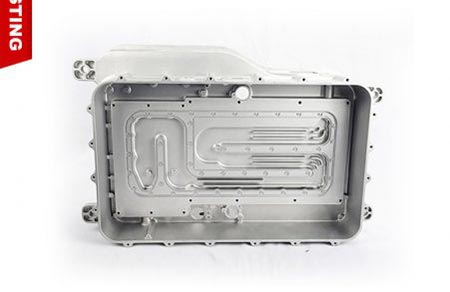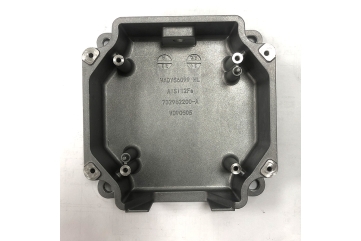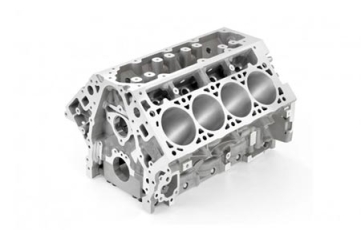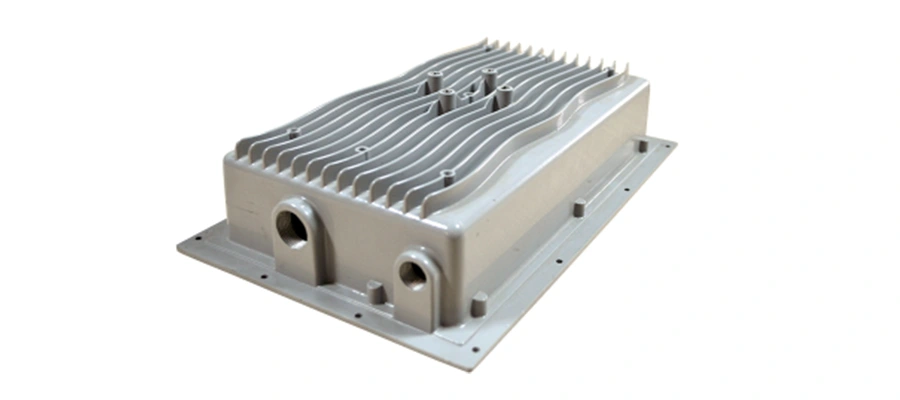What are the advantages of die casting?
Die casting offers several advantages as a manufacturing process:
1. High production speed:
Die casting allows for rapid production of parts, making it ideal for high-volume manufacturing.
2. Excellent dimensional accuracy:
Parts produced through die casting have tight tolerances and consistent dimensions.
3. Smooth surface finish:
Die-cast parts typically have a smooth surface that often requires little to no additional finishing.
4. Complex shapes:
The process can produce intricate and complex geometries that would be difficult or impossible with other methods.
5. Thin walls:
Die casting can create parts with very thin walls, which is beneficial for reducing weight and material costs.
6. Material versatility:
Various metals can be used in die casting, including aluminum, zinc, magnesium, and copper alloys.
7. Cost-effective for high volumes:
While initial tooling costs can be high, die casting becomes very cost-effective for large production runs.
8. Strength and durability:
Die-cast parts often have good strength-to-weight ratios and can be heat-treated for improved mechanical properties.
9. Reduced assembly requirements:
Complex parts can be cast as a single piece, reducing the need for assembly of multiple components.
10. Good repeatability:
The process ensures consistent quality across large production runs.
11. Minimal porosity:
High-pressure die casting can produce parts with minimal internal porosity, improving structural integrity.
12. Ability to insert other materials:
Die casting allows for the insertion of threads, bushings, and other components during the casting process.
These advantages make die casting a popular choice in industries such as automotive, electronics, and consumer goods manufacturing.





